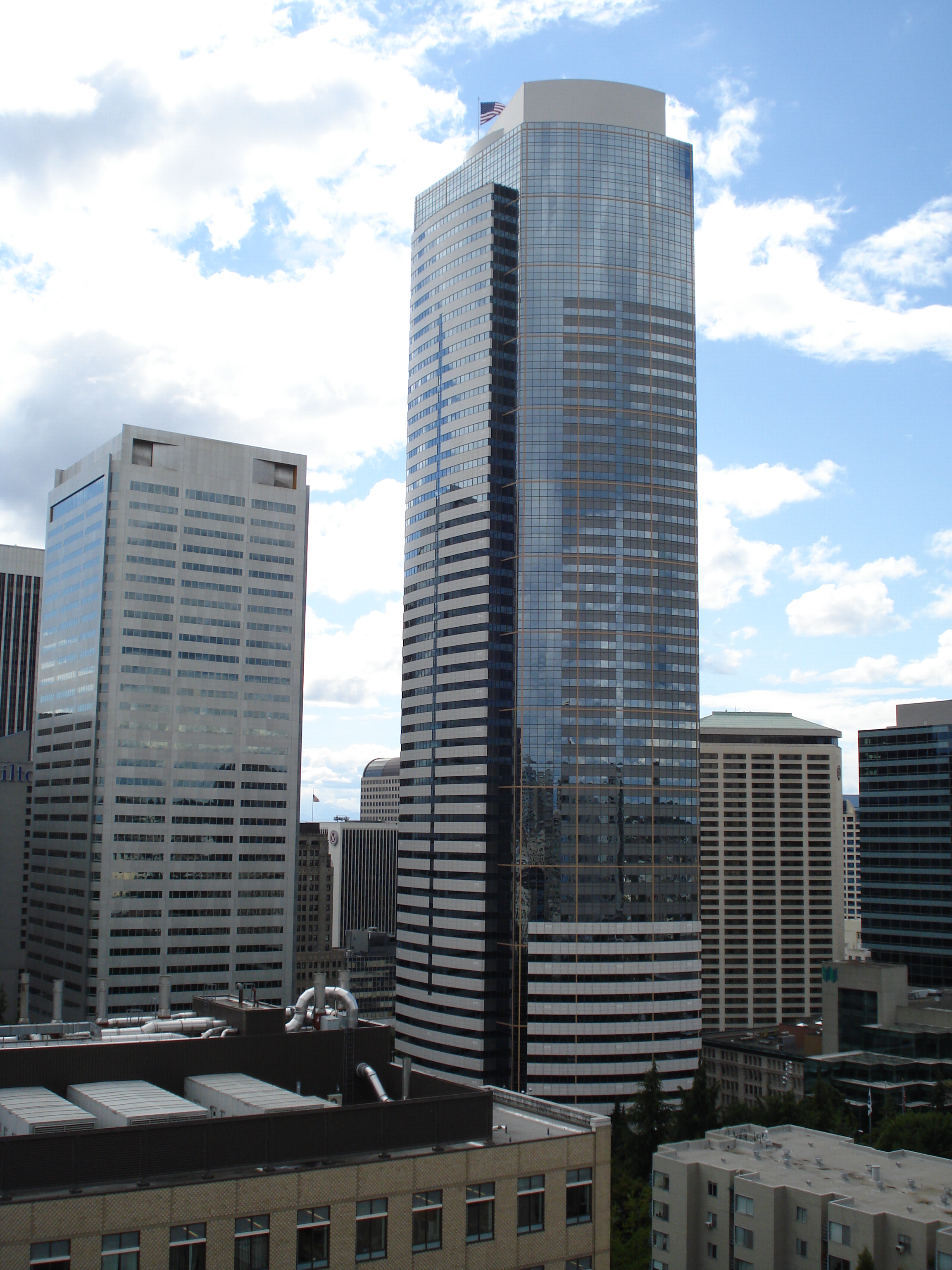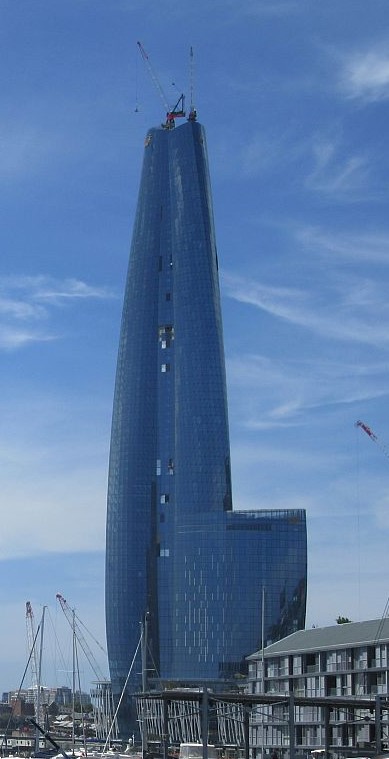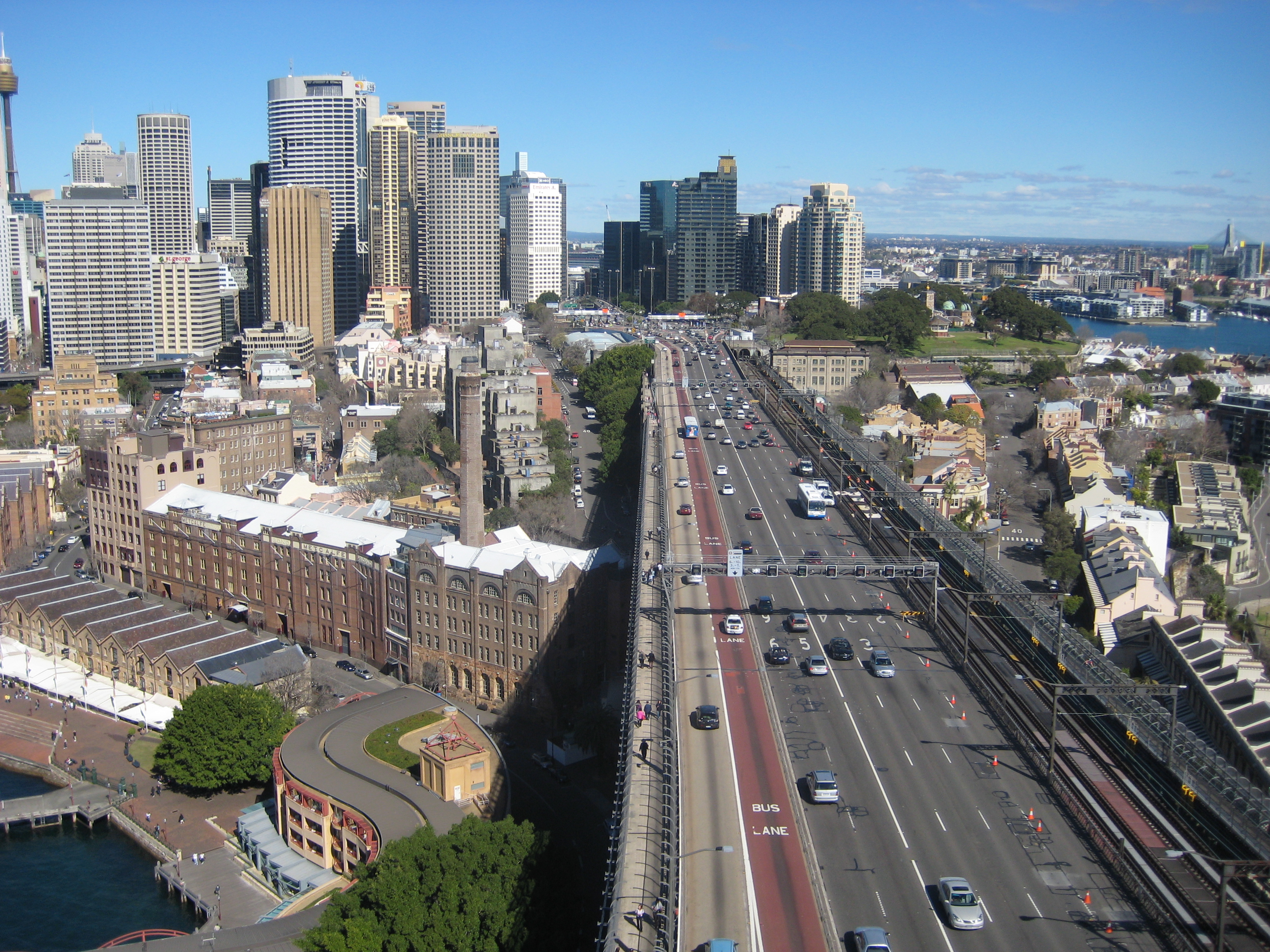The-Urban-Intersection Point, Of Cities and Technology in general...
(This blog is in a very roughed out format. Perhaps eventually after hundreds of posts, it will gradually start to look a little more complete.)
TUI started out as a place where I could reference & list a bunch of urban links. Then over the past several years I noticed that other cities just as scenic as Vancouver, BC were able to do a lot more things and on a much larger scale. So many other cities don't look for excuses to continually hold things back, like Vancouver does. Simply put, no other major city is subjected to the overall restrictive or scaling down process known as, Vancouverism. Unofficially, the Vancouver planning mentality seems to be about almost watering everything down, while most real cities remain un-stunted in their scale and progress.
https://en.wikipedia.org/wiki/List_of_cities_with_the_most_skyscrapers#List_of_cities_by_number_of_completed_skyscrapers_taller_than_150_m_(492_ft)
TUI isn't just about cities and urban technology, although that is the main theme. It's also about comparing several things that various BIG cities have been allowed to do. Being from Vancouver, its amazing to see what so many cities around the world can do, simply because they aren't under the extreme multi-generational zoning controls and limitations of Vancouver. Apparently, Vancouver is suppose to be a stunted city, because it is in a scenic setting. Yet, several other cities that are also in a scenic setting, have nowhere near the same level of restrictive view corridors & building size restrictions, with short trains and narrow roads that Vancouver imposes. It's amazing to see the size and extent of the urban infrastructure that is so commonplace in most major cities, yet not permitted in small-scale thinking of Vancouver and BC, in general.
Of course the two closest major cities to Vancouver are, Seattle and Calgary. Some might say that Calgary isn't as scenic as Seattle, because it isn't by a big lake or the ocean. However, I think that Calgary is a scenic city in its own right, just as Seattle is by the ocean and lakes. Its impressive to see what both of these cities have been able to accomplish without the small city thinking mentality of Vancouver & BC to curtail them.
It's as if Seattle and Calgary as well as most cities, have a symbolic Vancouver stump next to their version of a towering office building.
The Vancouver stumps vs. the Seattle & Calgary office towers. One_Union_Square at 456 feet (139 m) is just another stumpy building in Seattle. Yet, it would be one of the tallest office towers in Vancouver or anywhere in BC. So in effect, when the 2nd tower was built, it was like showing a major Seattle office tower next to a Vancouver stump.
| Roof | One Union Square:
456 ft (139 m)
Two Union Square:
741 ft (226 m) |
|---|
|
| Floor count | One Union Square: 36
Two Union Square: 56 |
|---|
https://en.wikipedia.org/wiki/Union_Square_(Seattle)
https://upload.wikimedia.org/wikipedia/commons/9/95/Two_Union_Square_2.jpg (This complex started with a Vancouver, BC scale first tower, then because Seattle isn't under Vancouver type limitations, a second building was able to be built as a Seattle size office tower.)
One of the tallest office towers in Calgary with its Vancouver stump sidekick. At the time of construction in the early 1980s, it was like a symbolic depiction of a big attempt of a Vancouver office building next to a Calgary size office tower. Of course Calgary like Seattle, isn't under the extremely restrictive Vancouver type building limitations.
The view
From_Calgary_Tower ,
https://en.wikipedia.org/wiki/Suncor_Energy_CentreWhen the Petro-Canada Centre opened in 1984 its Vancouver stumpy sidekick would be one of the tallest office buildings in BC & still is.
https://upload.wikimedia.org/wikipedia/commons Sometimes I wonder how a city so close to Vancouver could permit an office tower to be 40 stories taller than the tallest office building in BC. Well of course, Seattle isn't under the small scale building limitations that Vancouver has imposed. Indeed, there is no office building in BC that has been permitted to even have a 40th floor, let alone 76 stories like in Seattle.

wikipedia/commons/Vancouver-downtown It's very rare now for a 35 story office building to still be so prominent on the skyline in most major cities.
wikipedia/commons/Scotia_Tower_Vancouver (Windows only go up to 34 floors with a few non window floors above that. There are also some underground floors. 138m or 452 feet. That's the Vancouver stump, now compare the Sydney office towers.)
The
MLC_Center_Sydney has 60 floors, plus 8 more underground. 228m or 748 feet. Both 8 sided buildings opened in 1977, but NSW has nowhere near the building restrictions as found in BC. Yet, Sydney is just as scenic as Vancouver, if not more so.

Vancouver, BC
https://en.wikipedia.org/wiki/Living_Shangri-La 200.86 metres (659 ft) tall with 62 residential floors.One can clearly see the difference between the tallest residential tower in Sydney vs. Vancouver. Compared to Vancouver, Sydney doesn't really have much of a winter with cold crappy weather. Therefore, I would say that Sydney is just as scenic as Vancouver & much warmer, yet its isn't subjected to the Vancouver building & infrastructure limitations.
View_of_the_Sydney_Opera_House_on_city_skyline
Unlike scenic Sydney, Vancouver has used almost any excuse to have small buildings, short trains and narrow roads. All because the Vancouver interpretation of a scenic city is to keep everything small.
It seems like there has been a multi-generational agenda to keep people out of BC. Of course one of the best ways to do that is to limit the growth of the largest cities in BC. Strict zoning and building codes that Seattle and Calgary just aren't bound by. Warm and scenic cities like Sydney, NSW and SF, Ca have never been under such limitations as Vancouver is towards urban scale.
Any slow growth initiative is intended to reduce the influx of people moving in. Since most of the people on earth are of a nonwhite or non European heritage, the slow growth agenda seems to be a clever way to reduce the influx of non whites into Vancouver & BC. Unfortunately, most of the world is still unaware of this unofficial objective. SW BC is the most mild part of Canada and it seems that someone devised a way many decades ago to create several zoning & building restrictions to help keep people out. It's not just about limiting the scale of the buildings, but to even limit the overall infrastructure & economy. That in turn means that less people will be likely to move into BC.
https://upload.wikimedia.org/wikipedia/commons/9/95/Cahill_expressway_from_bridge.jpgIts just amazing, how a bridge that was started in 1923 and opened in 1932, is wide enough to accommodate 8 lanes, 2 train tracks, foot and bike pathways. In stead of building more bike and transit bridges, the Vancouver approach is to take away what little traffic lanes exist.
wikipedia/commons/Sydney_Harbour_Bridge_from_the_airwikipedia/commons/Sydney The fantastic
Anzac_Bridge is another 8 lane wonder. Although Vancouver was correct in stopping a few freeway plans that would have carved up the city, there still should have been a couple of wide Sydney like bridges across its
inlet by now. At least a tunnel or 2.
Wikipedia
Burrard_Inlet (So far, no passenger or commuter train tunnel has been built between Vancouver & North Vancouver or WV.)
Of course no bus & HOV tunnel under the inlet has been built either. Of course as if to meet a substandard requirement, Vancouver bridges are designed to be the epitome of bottleneck planning. Unlike Sydney or Perth, the Vancouver mentality was like, "Why would anyone want to cross the water on a wide bridge?" Indeed, the inept
Lions_Gate_Bridge started out with only 1 wide lane each way. Unfortunately, the
Lions_Gate_Bridge could only become 3 lanes wide, with no provision for an upper deck that could allow for a train, bus or HOV level. There should have been a bus & train tunnel constructed to help the congested bridge several decades ago.
At least the
Ironworkers_Memorial_Second_Narrows_Bridge was built to have 6 lanes. However, the
bridge wasn't designed to have full width emergency lanes, that could have allowed for a provision to become 4 or 5 lanes each way. Ultimately, the bridge should have been designed to have 5 lanes each way, plus a provision for 2 train tracks & bike & foot paths.
(Perth isn't limited by the small city thinking that Vancouver like to impose, so big city infrastructure isn't a problem there.)
"Under the plan, there would be six lanes on each bridge, including a bus lane on each.[28] The new bridge would run parallel to the original bridge and be separated from it by a gap of 6 metres (20 ft),[28] and was designed to look largely the same as the original." https://en.wikipedia.org/wiki/Narrows_Bridge_(Perth)#Second_road_bridge:_2001 (5 general lanes each way with 2 train tracks in the middle.)
For Sydney allowing a 4 lane highway harbor tunnel, wasn't the end of their world. Yet, for Vancouver to even seriously reconsider its old harbor tunnel plans still scares the,
KEEP+THEM+OUT, power-structure that mostly consists of white people. I just don't get it. My ancestors are from Europe & anyone that studies human history will realize that white people have always been a small portion of the overall human population. So by Canada continually refusing to only contain less than 1 percent of the human population, just happens to fit right in with the, KEEP THEM OUT Agenda.
I'm bewildered that Vancouver is considered to be one of the worlds
most_livable_cities. Considering how lacking the overall infrastructure is in Greater Vancouver, it's as if everything is continually watered down, compared to what most major cities allow themselves to have.
UPDATE
Then there is
the-covid-era of the 2020s that just might be the perfect excuse to further limit Vancouver, BC and even Canada. As the worlds second largest nation in land area, Canada is not even close to having 1 percent of the worlds population. Again, it just so happens that most of the earth's human population is nonwhite. So using Covid and environmental issues has become the perfect excuse to keep nonwhite people out of Canada. Of course this should be challenged, but a lot of people will continue to use Covid and the environmental restrictions to maintain the,
KEEP+THEM+OUT Agenda.

.jpg)












